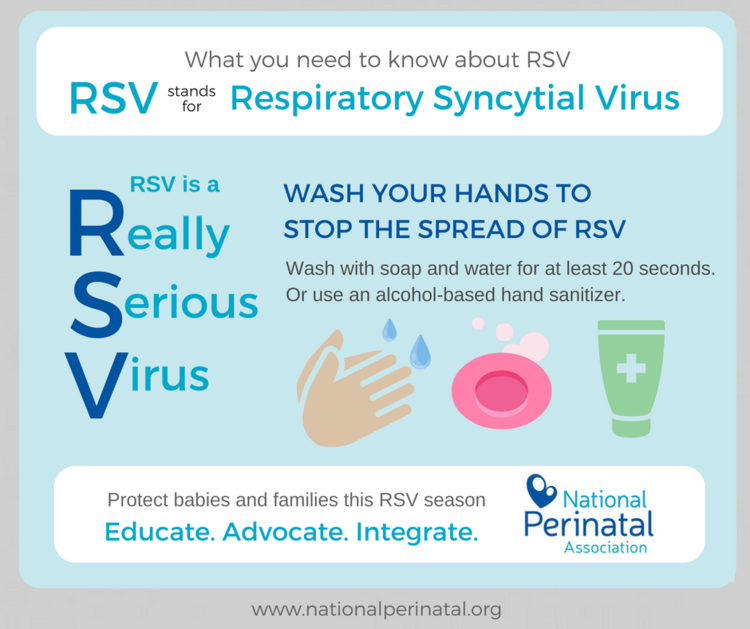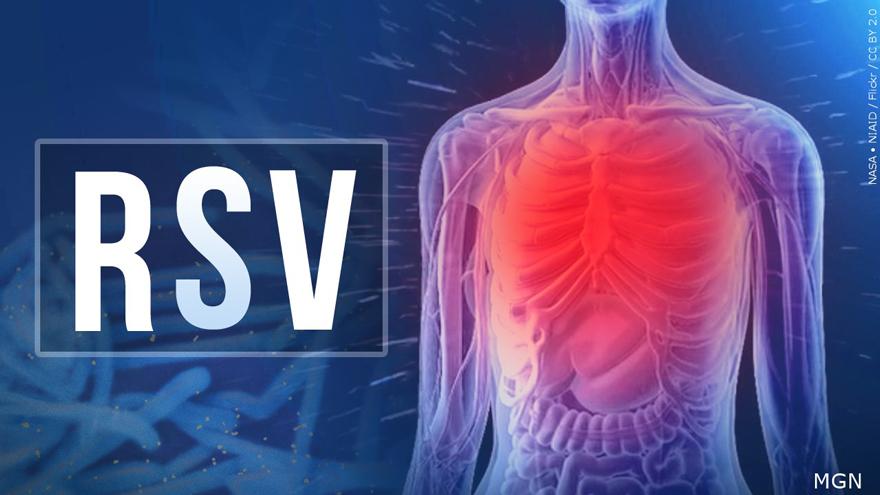What is RSV
RSV can be severe especially for babies. RSV can also infect adults.
The virus is transmitted through the air similar to how COVID or the flu is spread.

. Short for respiratory syncytial virus RSV is a common ailment that usually causes mild cold-like symptoms according to the CDC. It targets your lungs especially small air pathways bronchioles. Respiratory syncytial virus RSV infects the lungs and breathing passages and in the United States nearly all children have been infected with RSV by age two.
It stands for respiratory syncytial virus a common cause of mild cold-like symptoms such as runny nose cough and fever. The Centers for Disease Control and Prevention defines respiratory syncytial virus known as RSV as a common respiratory virus that usually causes mild cold-like symptoms. Laboratory and imaging tests arent usually needed.
RSV short for respiratory synccytial virus is a common ailment that usually causes mild cold-like symptoms according to the CDC. For most babies and young children the. Most people recover in a week.
Your doctor may suspect respiratory syncytial virus based on the findings of a physical exam and the time of year the symptoms occur. In the US it causes nearly 80000 infant hospitalizations each year. During the exam the doctor will listen to the lungs with a stethoscope to check for wheezing or other abnormal sounds.
Respiratory syncytial virus also called human respiratory syncytial virus and human orthopneumovirus is a common contagious virus that causes infections of the respiratory tract. It is a negative-sense single-stranded RNA virus. Most people recover in a week or two but the.
In healthy people symptoms of RSV infection are usually mild and resolve within a week. RSV spreads from person to person in respiratory droplets similar to the way COVID-19 and influenza spread. Respiratory syncytial virus is a common and very contagious virus that infects the respiratory tract of most children before their second birthday.
Respiratory syncytial virus RSV is a frequent cause of the common cold during the winter months each year. RSV is one of the most frequent causes of childhood illness. RSV respiratory syncytial virus is a common respiratory virus.
What is RSV. Children normally catch an RSV. Most children get the virus by 2 years of age.
Gounder said that since there is no way to know if it is RSV COVID or the flu based off of. Its name is derived from the large cells known as syncytia that form when infected cells fuse. RSV is the single most common cause of.

Respiratory Syncytial Virus Rsv Infection The Causes And Diagnosis Merck Manual Quick Facts Youtube
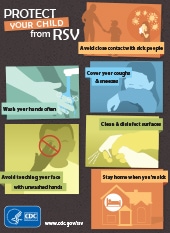
Rsv Respiratory Syncytial Virus Cdc
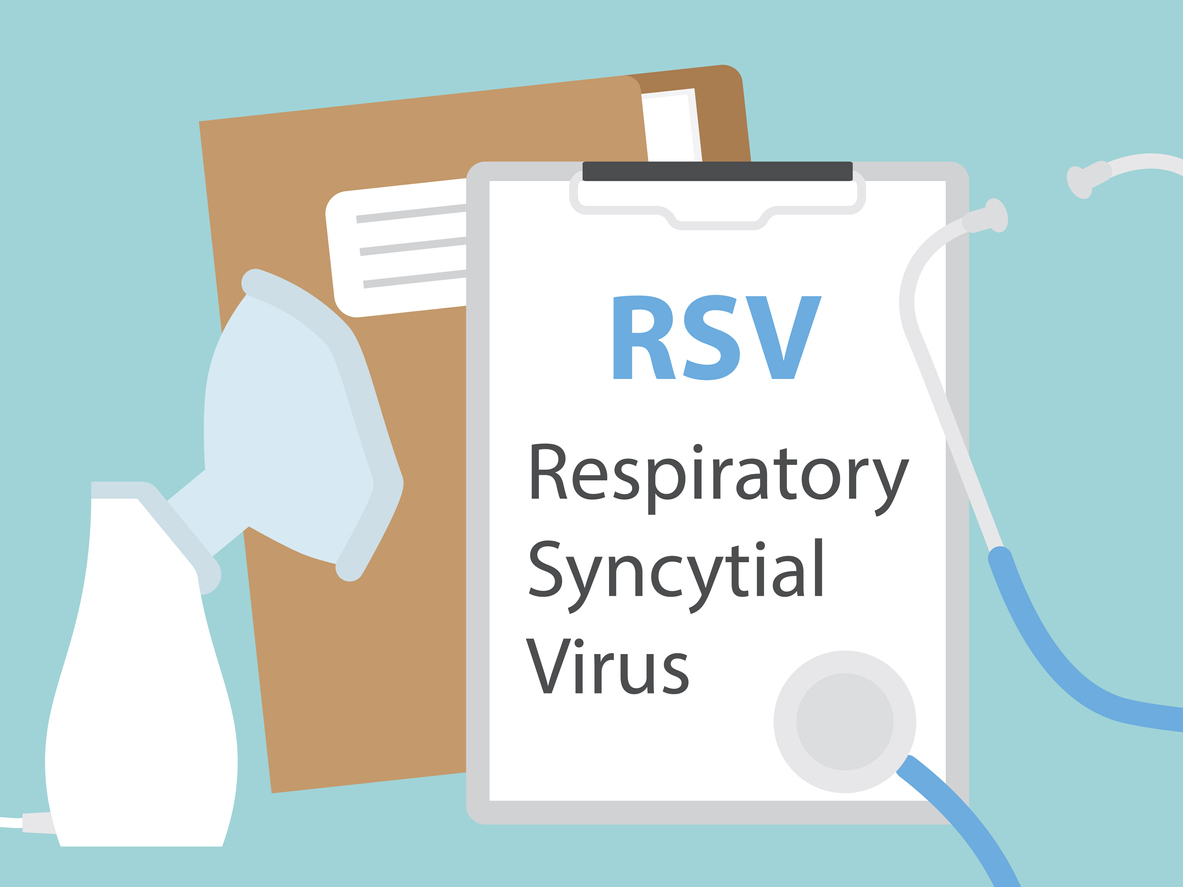
What Is Rsv And Why Is It A Big Deal Q A With Infectious Disease Division Chief Dr J Michael Klatte Dayton Children S Hospital
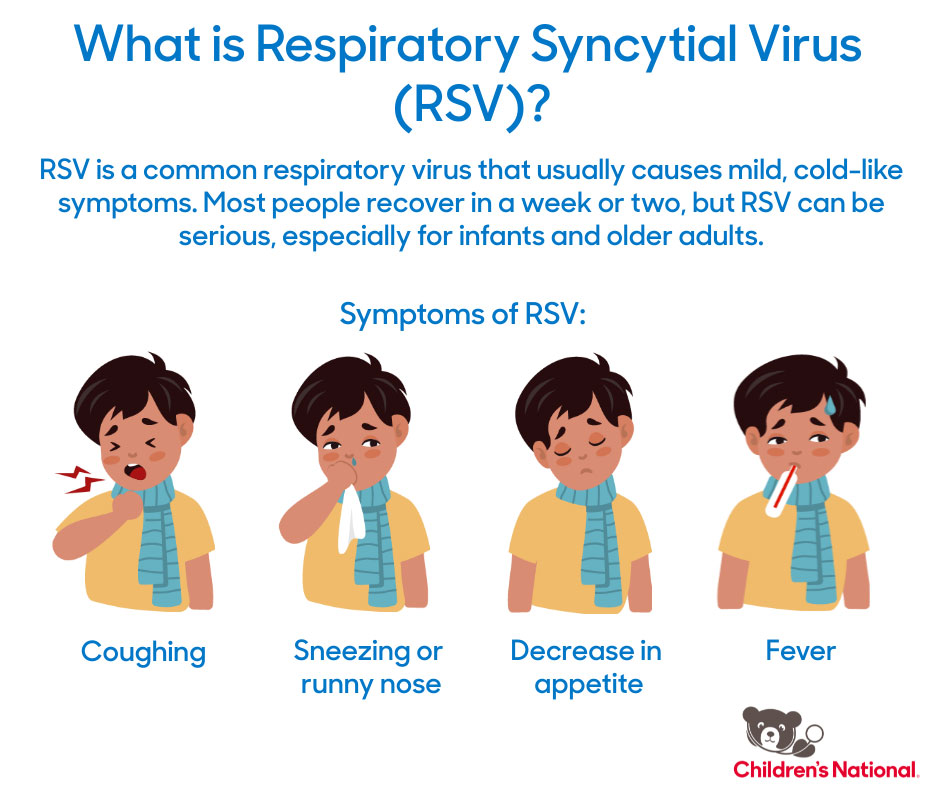
Respiratory Syncytial Virus Rsv Children S National

Respiratory Syncytial Virus Rsv Physicians Immediate Care

What Is Rsv Understanding The Symptoms And Dangers 12newsnow Com

Rsv Disease Resources And Faq For Parents
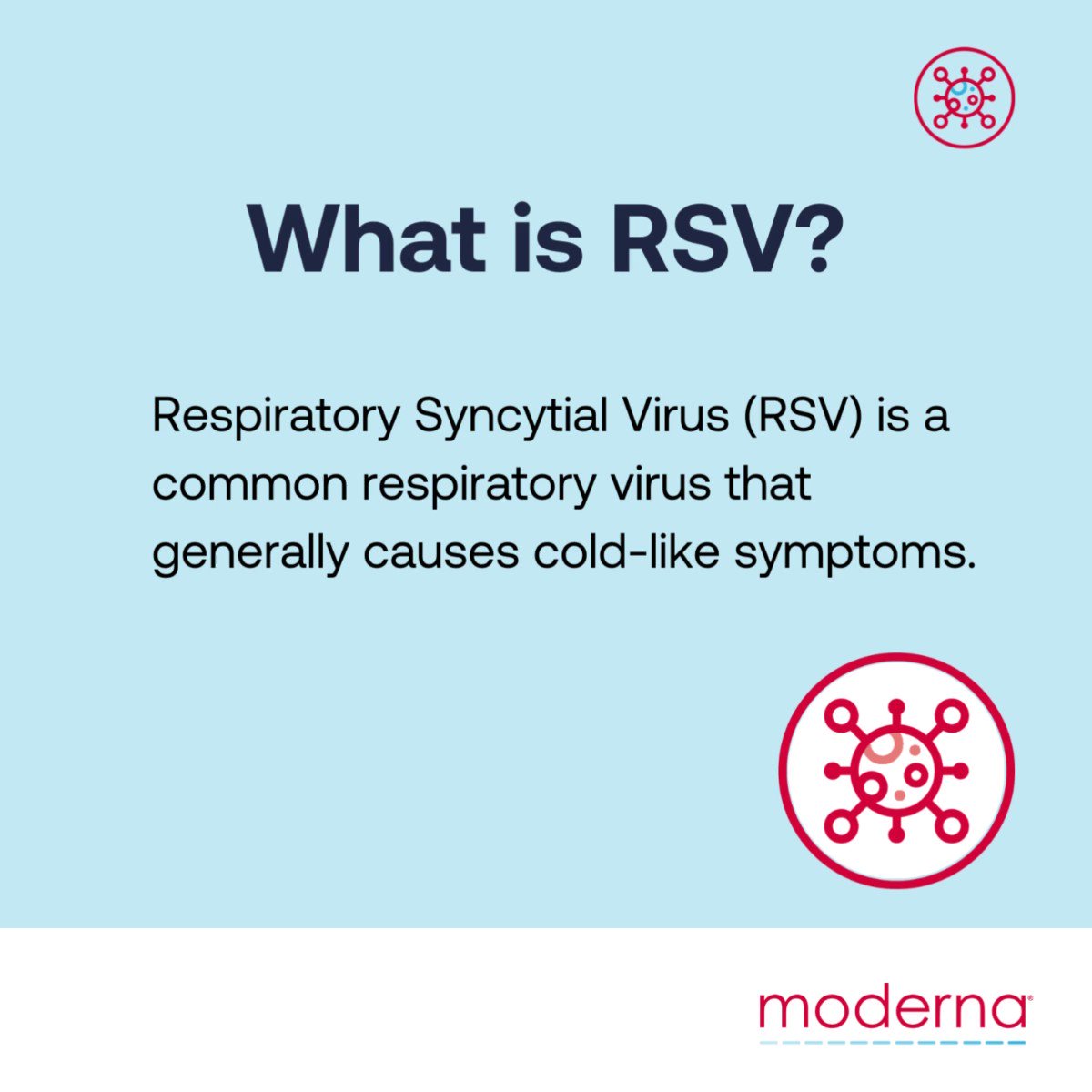
Rsvawareness Twitter Search Twitter
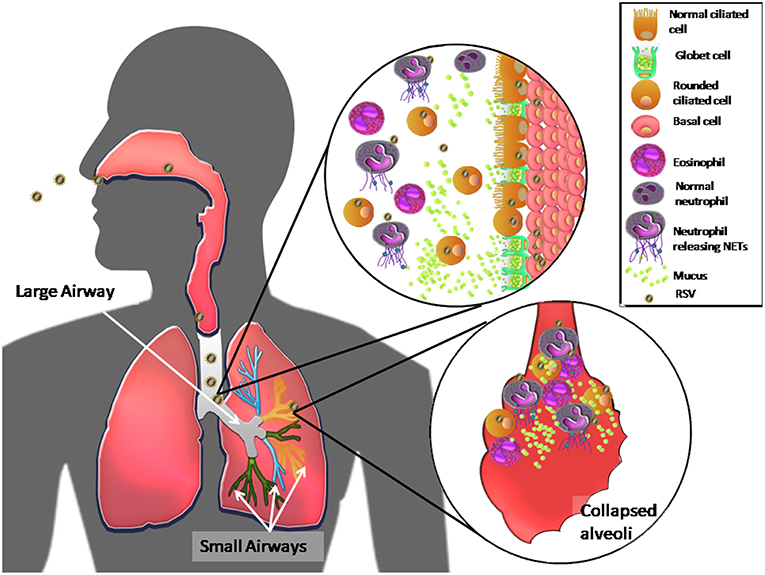
Frontiers Host Components Contributing To Respiratory Syncytial Virus Pathogenesis
:max_bytes(150000):strip_icc()/What-Is-RSV-And-How-Does-It-Compare-to-COVID-AdobeStock_328076564-2000-a2fa591064f84871b38686cd0848e3ea.jpg)
What You Should Know About Rsv Infections
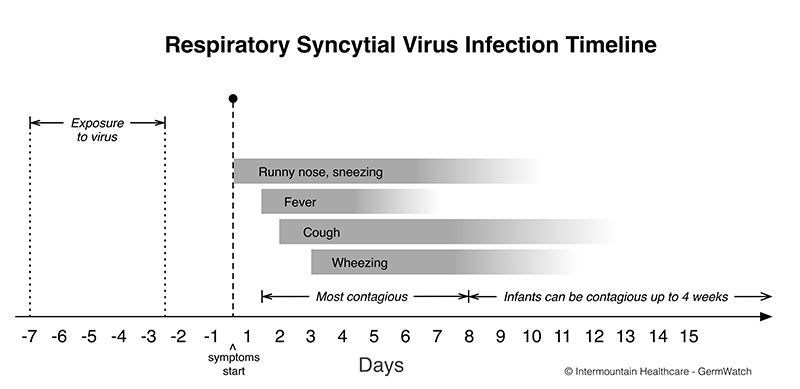
Respiratory Syncytial Virus Intermountain Healthcare

What Is Rsv What Does It Stand For Where Is It Spreading And Why Kids Are Catching It Nj Com

Respiratory Syncytial Virus Rsv Symptoms Treatment And Prevention Healthpartners Blog
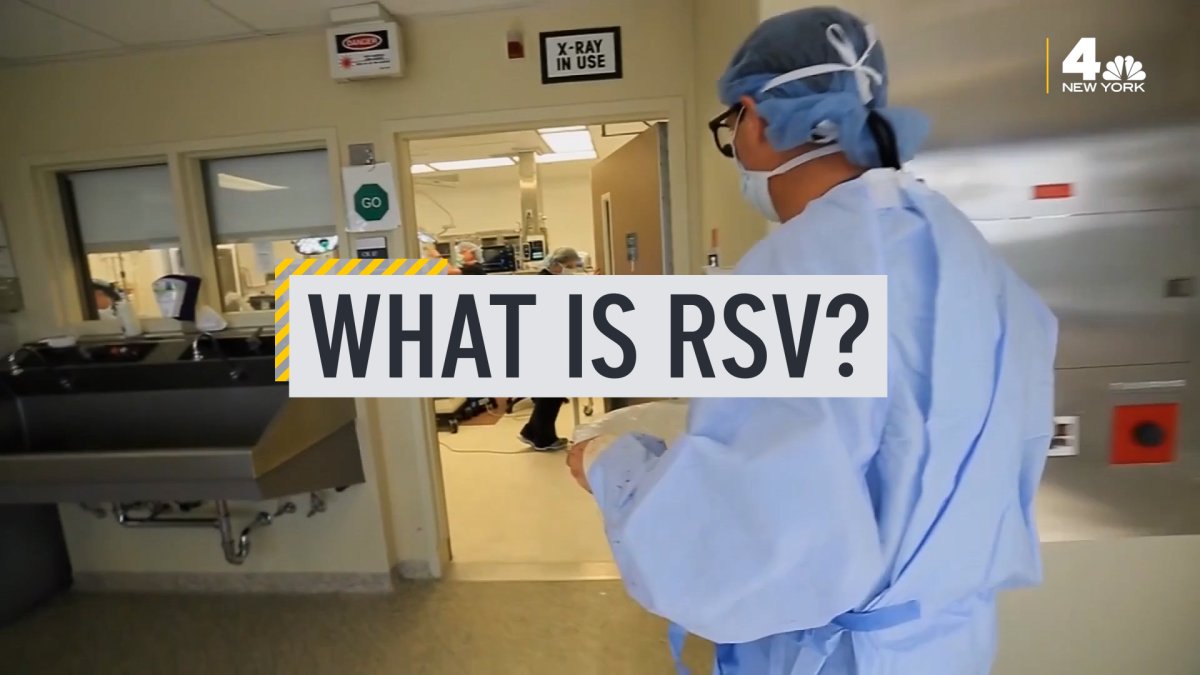
Rsv Respiratory Syncytial Virus Symptoms Spread And New Concern By Doctors Nbc New York
